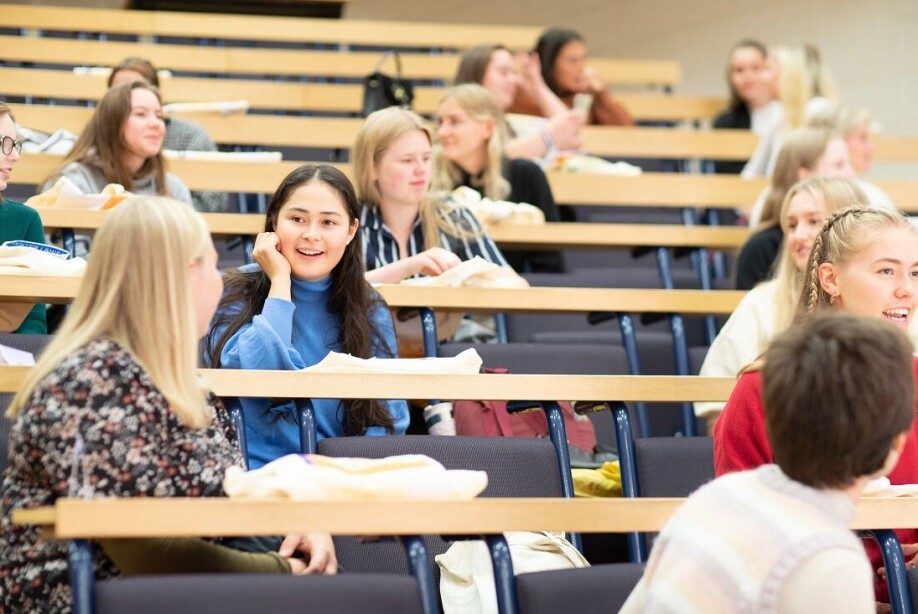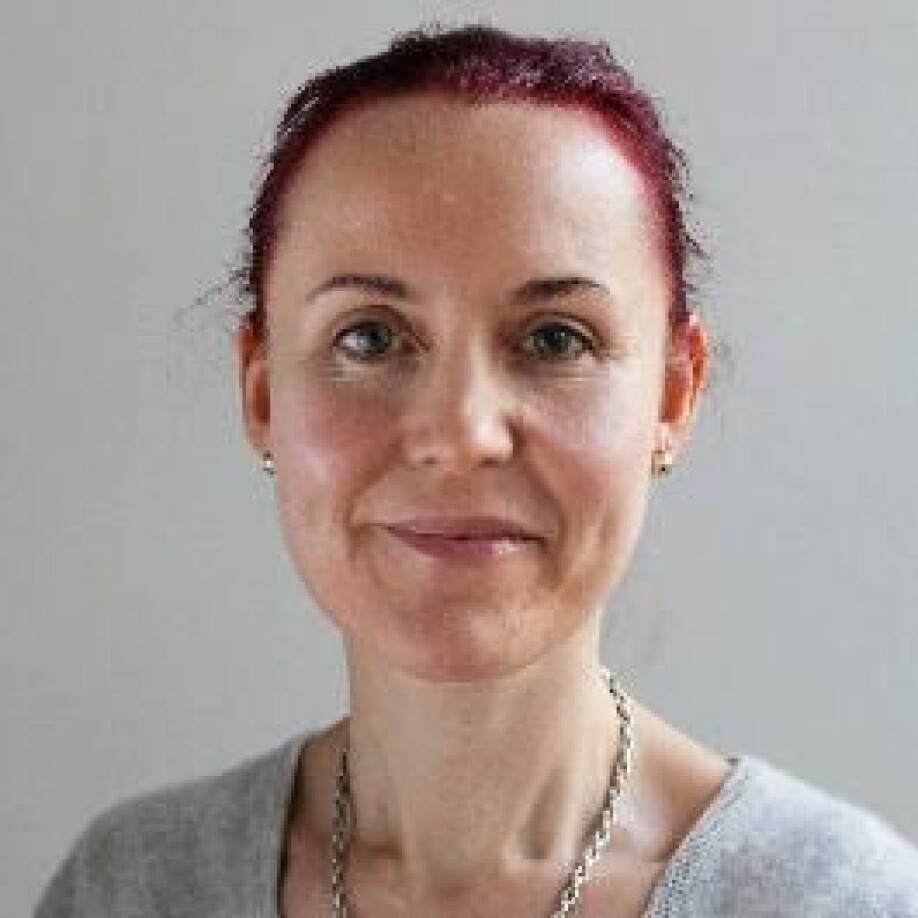THIS ARTICLE/PRESS RELEASE IS PAID FOR AND PRESENTED BY NTNU Norwegian University of Science and Technology - read more

Measures to improve gender balance are working
Universities want to recruit more women into technology fields. More men complete their studies then, too. The measures are working but need to be sustained over the long-term.
Many technology studies are strongly male-dominated, and this shows up in the labour market afterwards and is one of several reasons why women on average earn less than men.
NTNU has worked purposefully and over time to recruit more women to both choose and complete their education in a technology field.

“Long-term measures like this work. More women choose to study technology subjects when we actively encourage it over time,” says Line Berg, long-time leader of the Ada Project and now head of Innovation and Infrastructure at Trondheim Tech Port.
NTNU has recruited a larger proportion of women to these fields than other institutions have done. A recent study looked at the impact of long-term efforts to get women to make non-traditional career choices. The results have been published in the European Journal of Engineering Education.
Effect fades quickly
The long-standing Ada Project is one of the gender-balancing initiatives at NTNU. It strives to help women in male-dominated studies thrive and stay motivated to complete their studies. The project also offers its own career networks and follows the women up closely.
However, the effect of the measures fades quickly if recruitment efforts lag. New cohorts of high school girls need the same support and encouragement if they are to choose ICT studies.
“So it’s important to continue these recruitment projects over a long period of time,” says Berg.
Berg points out that the research shows that the effort pays off. “We get a return on the investment. Not just for the women, but for the men as well,” she says.
More men finish, too
An interesting side effect of the measures to recruit and retain more women is that more male students also complete their ICT education when more women study with them.
“This indicates that a better gender balance makes the study more attractive for both men and women,” says Vivian Anette Lagesen, a professor at NTNU’s Department of Interdisciplinary Studies of Culture.
Gender balance creates a better culture with more headroom for all forms of diversity, not just gender diversity. Broader diversity makes gender-balanced fields and environments better to be in for women and men.

Improved well-being for everyone

The culture can often become more gendered and more difficult for a small minority group when a field is very male-dominated or female-dominated. The minority is more likely to experience being treated as different.
A better gender balance can in itself reduce these kinds of behaviour and patterns and lead to improved well-being for everyone, says Lagesen. Other fields of study that were male-dominated until quite recently, today have either a predominance of women, such as medicine, or are more or less fully balanced between the sexes.
Act before imbalance sticks
But looking beyond the overall figures for a field of study is also important, since gender imbalances can hide within sub-disciplines, Lagesen says. In medicine, for example, we find some areas that are very female-dominated but also some that are still male-dominated, as well as many that have good gender balance.
“Gender imbalance can arise quickly in fields that are rapidly evolving, so it’s important to be aware of this and work on it before it takes firm hold,” says Lagesen.
Reference:
Vivian Anette Lagesen et.al.: Inclusion of women to ICT engineering – lessons learned. European Journal of Engineering Education, 2021.
———
Read the Norwegian version of this article at forskning.no
See more content from NTNU:
-
Politics on Facebook: Populist parties choose divisive issues on purpose
-
Social media is connected to cyberbullying – but not how we thought
-
Forskere ved NTNU får nesten 24 millioner av EU for å lage nye strømomformere
-
This helps the youngest children enjoy school more
-
Can we tap the ocean’s power to capture carbon?
-
Researchers have uncovered major problems in Norway's salmon industry





































